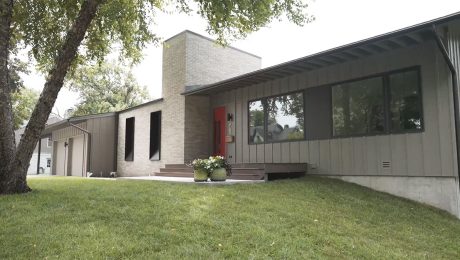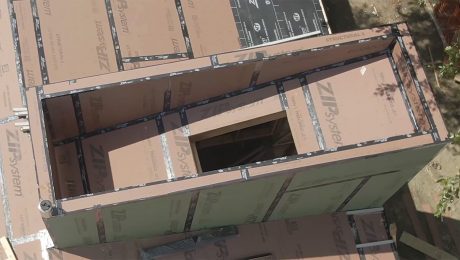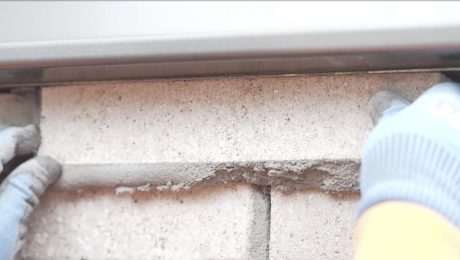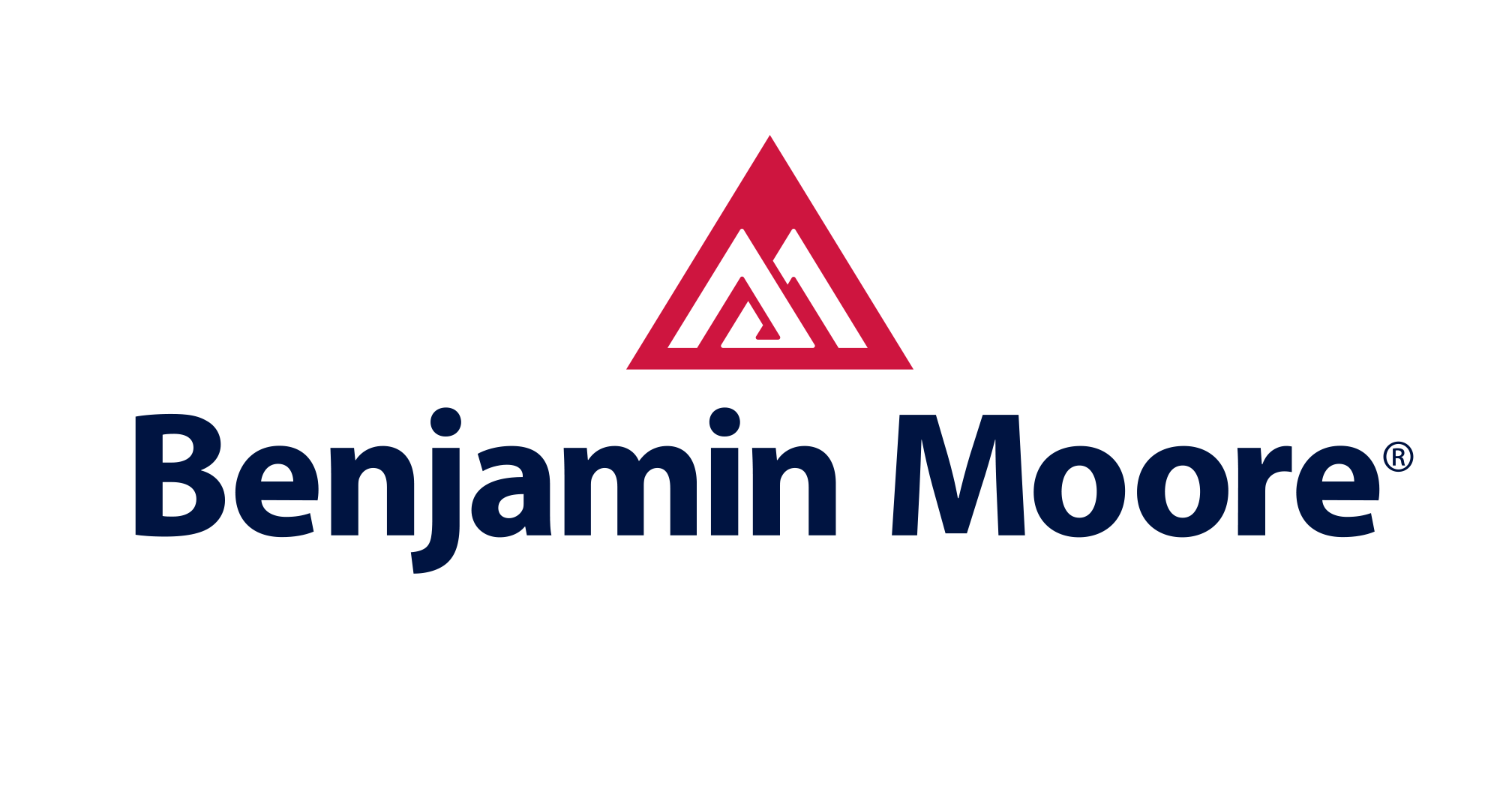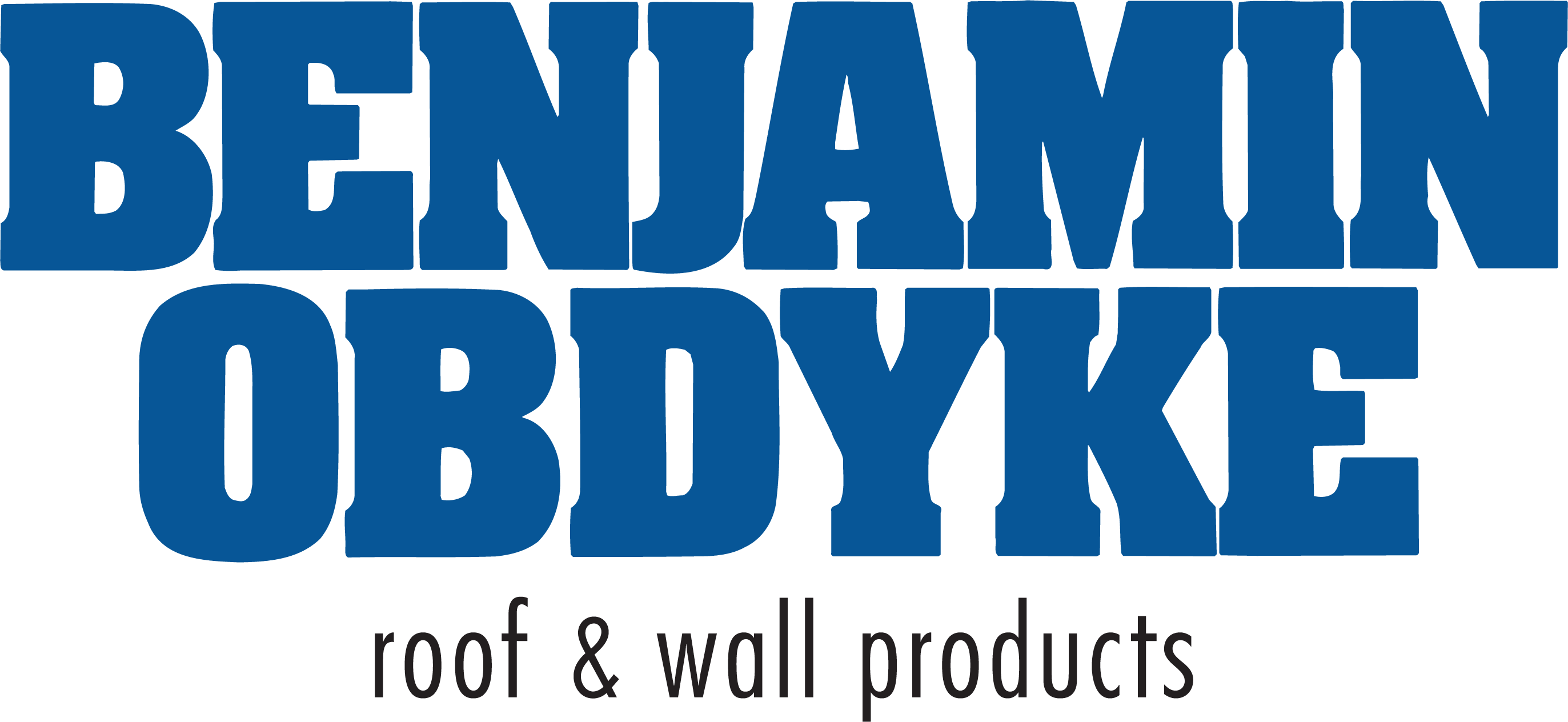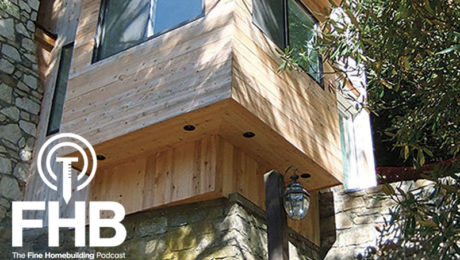Limit Thermal Bridging With ZIP System R-Sheathing
Travis Brungardt and Joe Cook of Catalyst Construction discuss the air control layer in an attached garage and how this space is integrated into the conditioned enclosure.
Sponsored by ZIP System Building Enclosures
We’re back in Prairie Village, Kan., at the 2022 FHB House, this time in the garage talking about air control layers and how to limit thermal bridging. In the garage, we’re still using our ZIP System Insulated R-Sheathing panels for our structural shear wall, as we have on the rest of the home. This acts as our air and water control layers, but we’re under the roof so water isn’t really an issue here.
We chose The Zip R-Sheathing specifically because it gives us a thermal break. We’re stopping the heat from coming into the living space on the main enclosure from the unconditioned garage, so we get full benefit of that thermal break and stop thermal energy transfer.
We could have switched to a standard Zip System sheathing panel at the exterior wall of the garage and still controlled our water and had a simple structural panel install, but we chose to stick with the R-Sheathing because it’s simpler not to change things. We have the same reveal for the mudsill, and even though we’re actually outside our conditioned envelope, the garage will be a little cooler because we’ve stopped that thermal bridging with the R-Sheathing.
We treat both the garage and conditioned spaces the same. We’re using the same sheathing and taping procedures by rolling Zip System Flashing Tape and inspecting our Zs. Here in our garage and throughout the house, we’re doing 2×6 framing, 24 in. on center, using a standard 3-in. framing nail. We’re using the 3-in. because we have a 1-1/2-in. product and we want to be 1-1/2 in. into the stud.
Using the same system throughout the house is really going to help with the overall finished product. The siding will be lined up nicely and the trims will look great, and our framer doesn’t have to change his setup. Overall, that’s going to provide efficiency, speed, and cost savings when the job’s done.
RELATED STORIES


